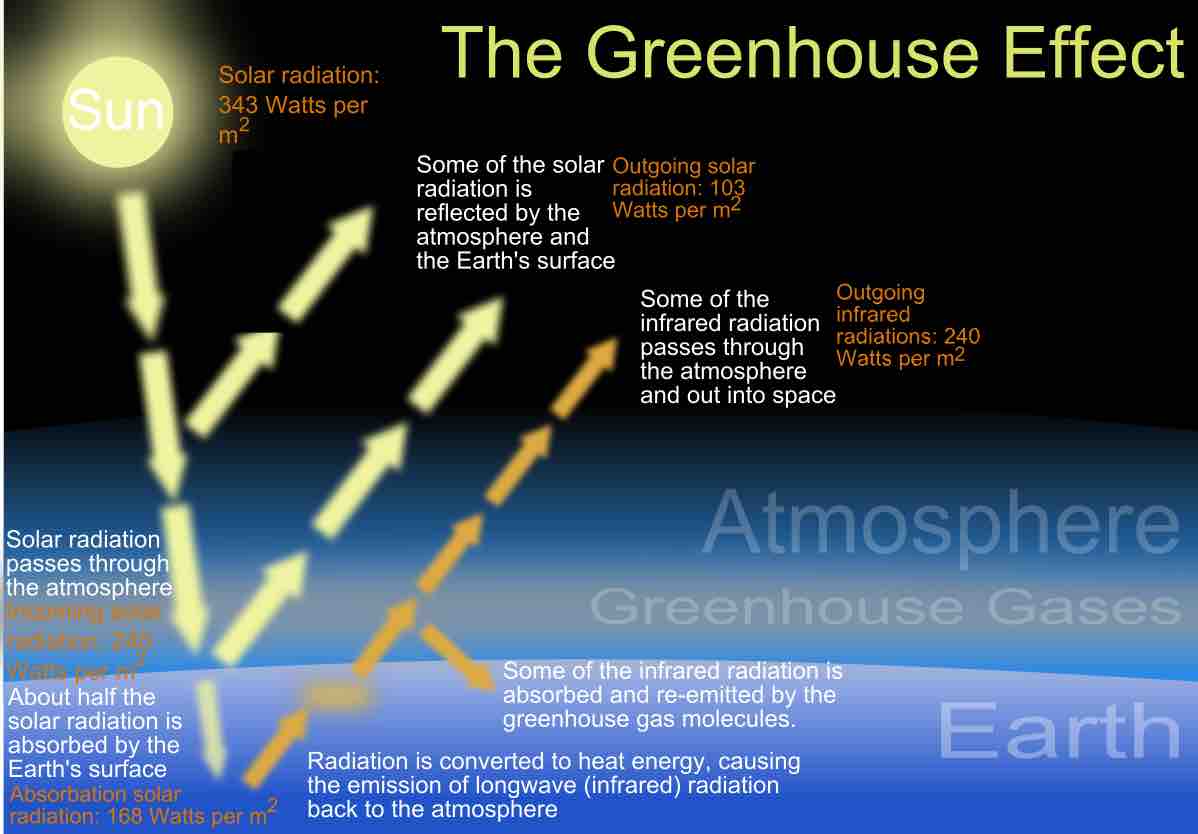Background
The energy policy of the United States is determined by federal, state, and local entities in the United States, which address issues of energy production, distribution, and consumption, such as building codes and gas mileage standards. Energy policy may include legislation, international treaties, subsidies and incentives to investment, guidelines for energy conservation, taxation, and other public policy techniques. Global warming is the rise in the average temperature of Earth's atmosphere and oceans since the late 19th century and its projected continuation. Since the early 20th century, Earth's mean surface temperature has increased by about 0.8 °C (1.4 °F), with about two-thirds of the increase occurring since 1980. Warming of the climate system is unequivocal, and scientists are more than 90% certain that it is primarily caused by increasing concentrations of greenhouse gases produced by human activities such as the burning of fossil fuels and deforestation. These findings are recognized by the national science academies of all major industrialized nations.
State-specific energy-efficiency incentive programs also play a significant role in the overall energy policy of the United States. The United States had resisted endorsing the Kyoto Protocol, preferring to let the market drive CO2 reductions to mitigate global warming, which will require CO2 emission taxation . The administration of Barack Obama has proposed an aggressive energy policy reform, including the need for a reduction of CO2 emissions with a cap and trade program, which could help encourage more clean renewable, sustainable energy development.

Diagram of Greenhouse Effect
This diagram shows how the greenhouse effect works. Incoming solar radiation to the Earth equals 341 watts per square meter (Trenberth et al., 2009). Some of the solar radiation is reflected back from the Earth by clouds, the atmosphere, and the Earth's surface (102 watts per square meter). Some of the solar radiation passes through the atmosphere. About half of the solar radiation is absorbed by the Earth's surface (161 watts per square meter). Solar radiation is converted to heat energy, causing the emission of longwave (infrared) radiation back to the atmosphere (396 watts per square meter). Some of the infrared radiation is absorbed an re-emitted by heat-trapping "greenhouse" gases in the atmosphere. Outgoing infrared radiation from the Earth equals 239 watts per square meter.
Energy Independence
The 1973 oil crisis made energy a popular topic of discussion in the US. The Federal Department of Energy was started with steps planned toward energy conservation and more modern energy producers. A National Maximum Speed Limit of 55 mph (88 km/h) was imposed to help reduce consumption, and Corporate Average Fuel Economy (aka CAFE) standards were enacted to downsize automobile categories. Year-round Daylight Saving Time was imposed, the United States Strategic Petroleum Reserve was created, and the National Energy Act of 1978 was introduced. These initiatives resulted in alternate forms of energy and a diversified oil supply.
The United States receives approximately 84% of its energy from fossil fuels . This energy is used for transport, industry, and domestic use. The remaining portion comes primarily from hydroelectric and nuclear stations. Americans constitute less than 5% of the world's population, but consume 26% of the world's energy to produce 26% of the world's industrial output. They account for about 25% of the world's petroleum consumption, while producing only 6% of the world's annual petroleum supply.

Coal
It was estimated by the Energy Information Administration that in 2007 primary sources of energy consisted of petroleum (36.0%), coal (27.4%), and natural gas (23.0%), amounting to an 86.4% share for fossil fuels in primary energy consumption in the world.
Cap-and-Trade
Cap-and-trade is a market-based approach used to control pollution by providing economic incentives for achieving reductions in the emissions of pollutants. A central authority (usually a governmental body) sets a limit or cap on the amount of a pollutant that may be emitted. The limit or cap is allocated or sold to firms in the form of emissions permits which represent the right to emit or discharge a specific volume of the specified pollutant. Firms are required to hold a number of permits (or allowances or carbon credits) equivalent to their emissions. The total number of permits cannot exceed the cap, limiting total emissions to that level. Firms that need to increase their volume of emissions must buy permits from other firms.
The transfer of permits is referred to as a trade. In effect, the buyer is paying a charge for polluting, while the seller is being rewarded for having reduced emissions. Thus, in theory, those who can reduce emissions most cheaply will do so, achieving the pollution reduction at the lowest cost to society. The 2010 United States federal budget proposes to support clean energy development with a 10-year investment of US $15 billion per year, generated from the sale of greenhouse gas (GHG) emissions credits. Under the proposed cap-and-trade program, all GHG emissions credits would be auctioned off, generating an estimated $78.7 billion in additional revenue in FY 2012, steadily increasing to $83 billion by FY 2019.
Renewable Energy
Renewable energy accounted for about 8% of total energy consumption in the United States in 2009. In the same year, approximately 10% of the electricity produced nationally came from renewable sources. The United States' hydroelectric plants make the largest contribution to the country's renewable energy, producing 248,100MW of the 371,700MW (67%) generated through all renewable energy. However, wind power in the United States is a growing industry. Increases in wind, solar, and geothermal power are expected to allow renewable energy production to double in the three-year period from 2009 to 2012, an increase from 8% to 14% of total consumption. Most of the increase is expected to come from wind power.

Green Mountain Wind Farm, Fluvanna 2004
The Brazos Wind Farm, also known as the Green Mountain Energy Wind Farm, near Fluvanna, Texas. Note cattle grazing beneath the turbines.